
Loading

Learn
Deceptive Seafood Practices (Seafood Fraud)
How To Spot Low Quality Seafood:
Below are the ways seafood sellers will compromise the quality of their product in order to sell at the lowest price.
Folded Bellies & Folding Tails: Folding and hiding the bellies and the tails of the fish in the packaging to increase the net weight of the product.
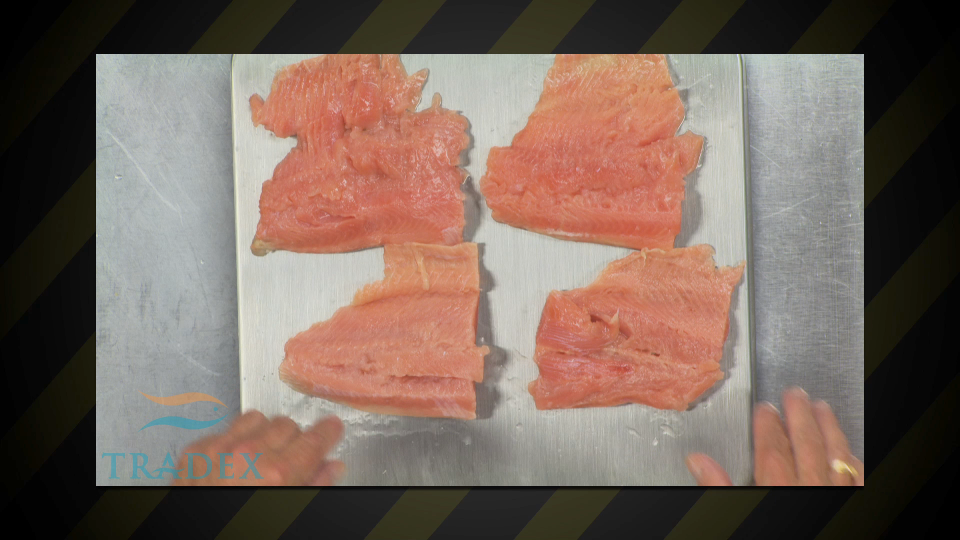
Folded Bellies
Gapping Holes: Holes in various spots on the fillet or portion due to rough handling, over usage of chemicals and/or water.
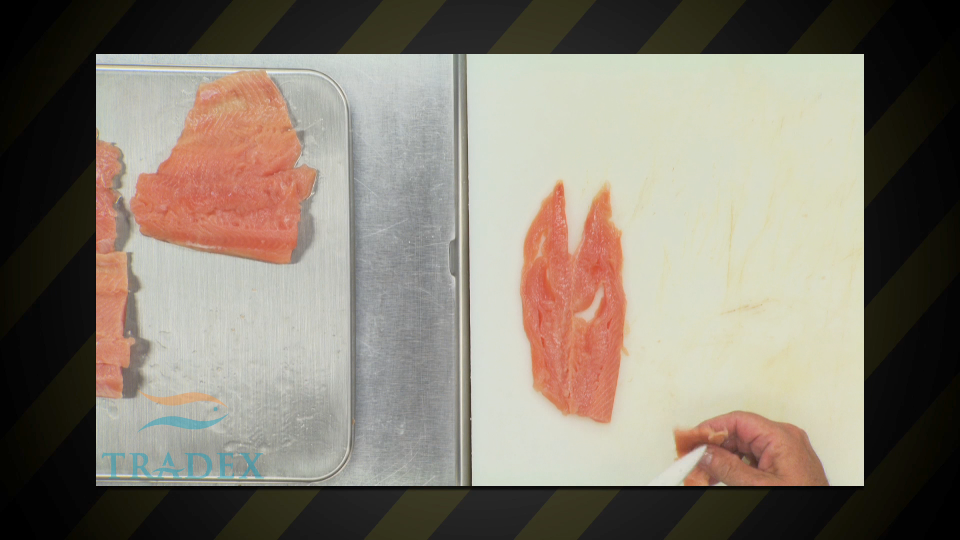
Gapping Holes
Over Soaking: STPP is a commonly used food grade preservative used to protect and keep moisture inside frozen protein products. Over soaked fish results in a loss of flavor, a degradation of product quality and a dramatic reduction in portion size.
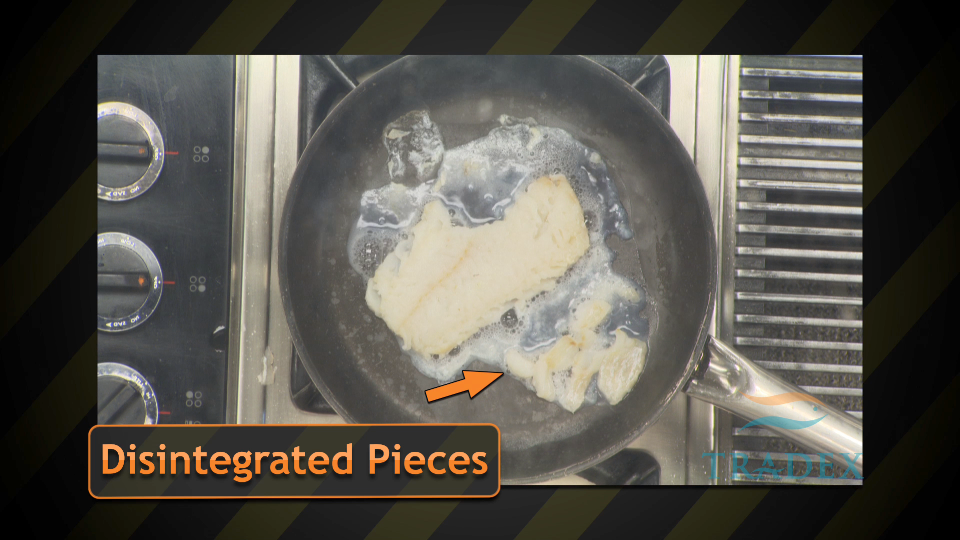
Over Soaking
Thin & Broken Pieces: Thin pieces that are almost see through, after unfolding the bellies and/or tails the pieces break off.
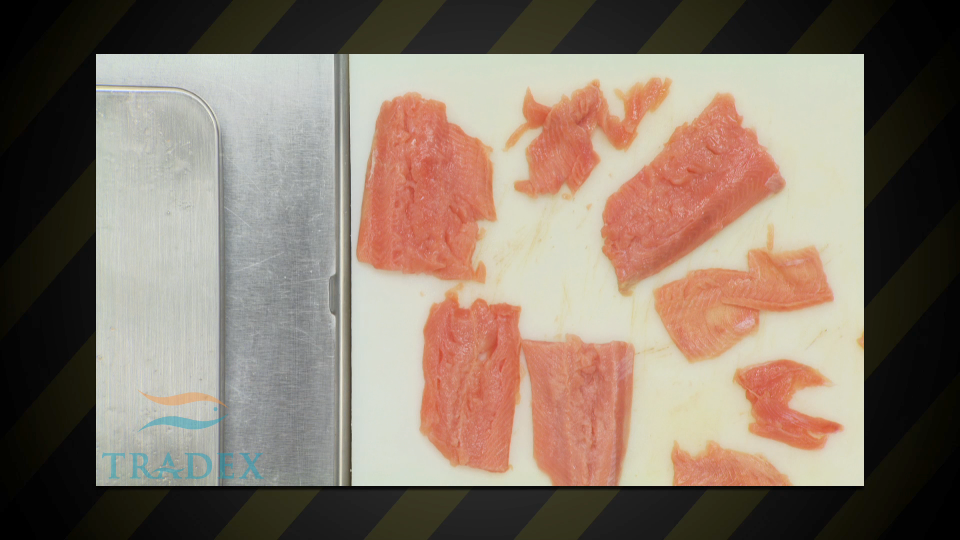
Thin & Broken Pieces
Over Glazing without calculating proper net weight: Using water to increase the weight of the fish making consumers think they are getting more fish but are actually getting more water weight. Note that applying a glaze to fish is not the bad practice as a nice protective glaze protects the protein in the fish. The bad practice comes from not subtracting the glaze (water) weight from the total net weight displayed on the packaging.
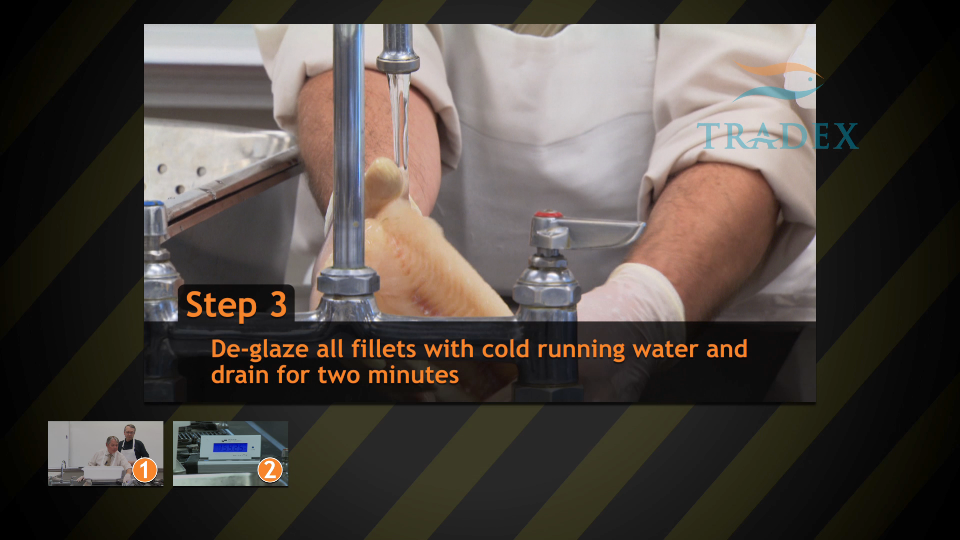
Thin & Broken Pieces
Mislabelling Seafood (Seafood Fraud): Selling a similar looking less expensive species of fish as a more expensive species.

